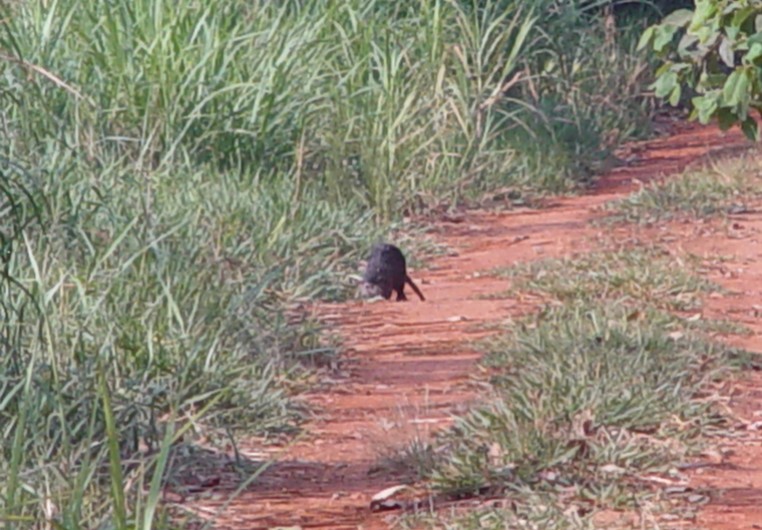Biodiversity
 Otter
Lontra longicaudis | Olfers, 1818
Otter
Lontra longicaudis | Olfers, 1818

Characteristics: Species measuring about 65cm in length (can reach 80cm), with a 36 to 50cm-long tail; males are larger than females. It has a dense, predominantly brown coat and lighter-colored neck.
Distribution: Mexico, Central America, and South America up to northern Argentina. This species occurs throughout Brazil, except in the more arid areas of the Northeast.
Habitat: It lives in aquatic environments, both in freshwater (rivers, lakes), and saltwater (lagoons, bays, inlets). Its occurrence is related to the presence of hard substrates, where it finds shelter.
Habits: Solitary and semi-aquatic species, active both during the day and at night. It moves very well in the water and burrows in riverbanks.
Diet: Carnivorous, feeding mainly on fish and on crustaceans, amphibians, mammals, and birds.
Breeding: The gestation period is 9 weeks, and 3-6 offspring are born.
In the UFRA area: In surveys conducted in the São Francisco areas, this mammal was limited to drainage ditches. It is a rare species at these farms, as it was seen only once. It is an endangered species, listed in the Vulnerable category.



